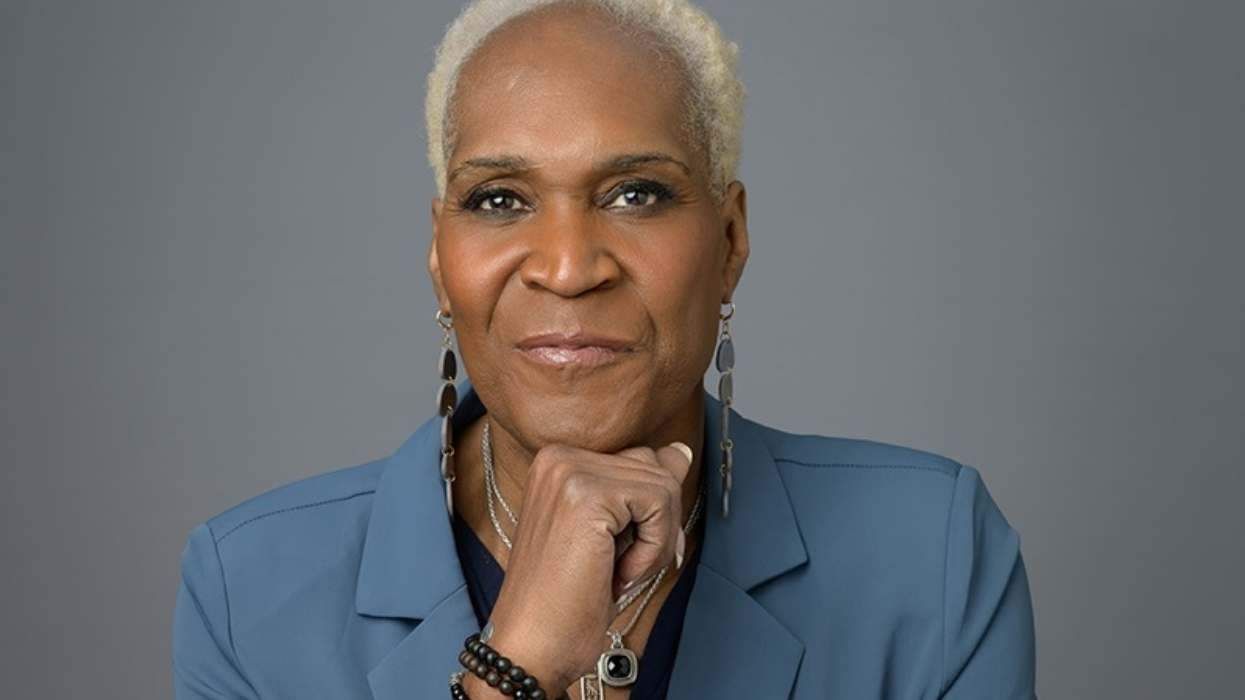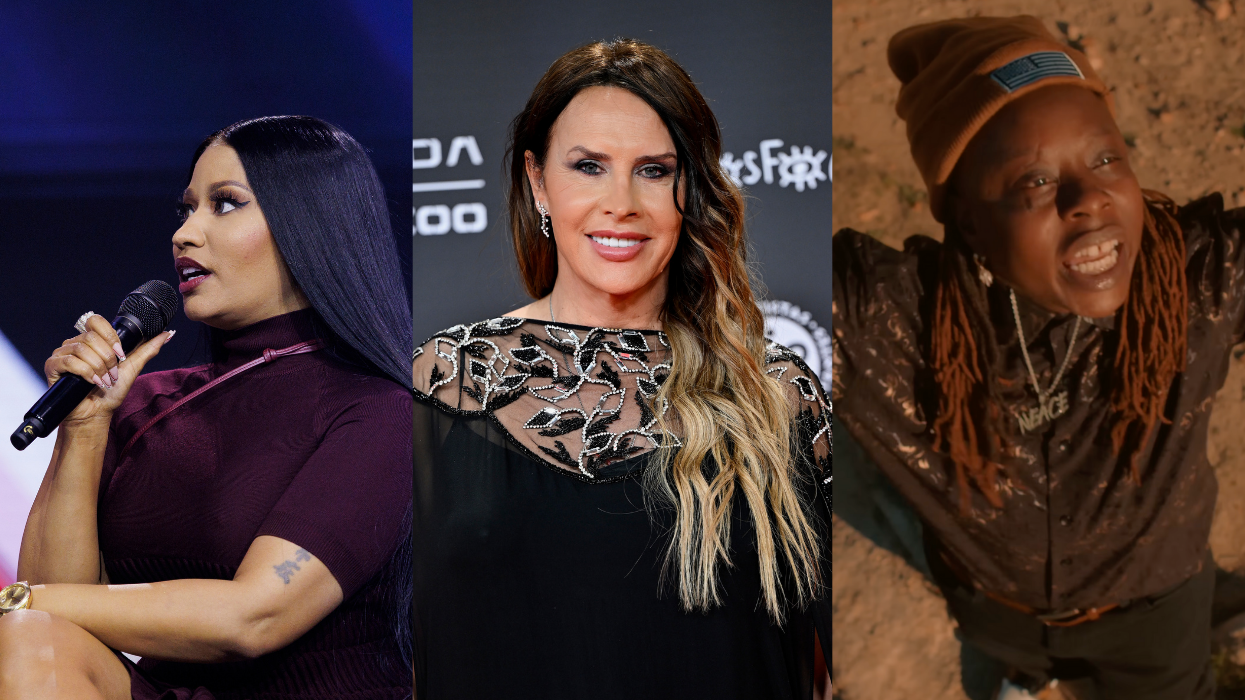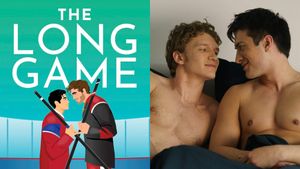There has been much talk recently about South African runner Caster Semenya and her presumed extra level of testosterone, which some feel puts her at an unfair advantage when competing against other female athletes.
What many people are unwittingly saying is that if a woman wins, she must be a man, or that a clear, solid line between genders actually exists. Both statements are fallacies.
If Semenya were not winning and were not a butch-presenting lesbian, chances are no one would consider her biology. It is as if people want some sort of scientific explanation for her fine performance. She won first place in the women's 800-meter semifinals Thursday and will run in the finals Saturday, to the chagrin of runners like Nataliia Lupu of Ukraine, who also competed in the semis. "I think that we need separate events for them, and for us," Lupu told the Associated Press, adding Semenya will "definitely win against us, even without using her full strength."
If Semenya is intersex -- which she has not said -- she would not be the first intersex Olympic athlete. Stella Walsh won numerous Olympic medals, and it was later revealed after her death that she had a Y chromosome. However, even Walsh did not win gold in every single race. Furthermore, there are aspects other than hormones and chromosomes that may confer advantage. Long legs on runners, compact bodies on gymnasts, and many other physical distinctions we've come to associate with certain sports may make it easier to win.
After Semenya won the 800 at the 2009 world track and field championships by more than two seconds, those who questioned her success helped institute a 2011 International Association of Athletics Federation policy restricting levels of testosterone among female athletes, even if those levels occurred naturally.
Women who wished to compete but fell above the testosterone threshold of 10 nanomoles per liter had to alter their natural biology in order to be seen as female in the eyes of the Olympics. To achieve those levels, procedures included hormone-suppressing drugs and possibly surgery to remove internal testes, which can produce testosterone.
Male competitors were not faced with similar restrictions, though men may have varying levels of testosterone. This 2015 document related to the participation of transgender athletes shows that transgender men may compete without any biological testing, while transgender women are subject to hormone testing, continuing to add extra scrutiny to women's sports.
What this then presents as is a desire to control women's bodies and to define for an individual what it means to be female. The IAAF is essentially saying certain female athletes were born with the wrong biology. It is saying that though the Olympics seek to break boundaries in performance categories, those barriers can only be broken as long as the distinction between male and female remains intact.
Sprinter Dutee Chand of India took issue with the IAAF testosterone regulation and took the matter up with the Court of Arbitration for Sport and won in 2015, so the policy was suspended for two years. However, the transgender guidelines were introduced after that policy was suspended, and the IAAF intends to pursue some biological metric of sex distinction.
This despite the fact that the court, when ruling in Chand's favor, announced it was "unable to conclude that hyperandrogenic female athletes may benefit from such a significant performance advantage that it is necessary to exclude them from competing in the female category."
The controversy surrounding runners like Semenya forces us to grapple with the history of the Olympics, which have focused intently on the human form since the days Greeks appeared competing in the buff. The games attempt to determine limits of human performance in a variety of sports. Sprinting may be among the most straightforward, as it is one sport that doesn't rely on artistic score or team strategy. It is one person on a track using her own force as an individual. Perhaps this is why the notion of a biological advantage has become so prominent in racing.
Whatever the case may be, it is striking that contests measuring limits of unadulterated human performance seek to require competitors to alter innate biochemistry to curb supposed advantages. It may be as bizarre as the emphasis the games place upon the gender binary, despite evolving scientific and cultural knowledge.
If the Olympics are a pure test of human potential, athletes like Caster Semenya may be ideal competitors. Perhaps instead of re-defining the biology of athletes to suit our notions of sex and gender, we should re-define the games to suit the biology and identities of our modern competitors.




































































Charlie Kirk DID say stoning gay people was the 'perfect law' — and these other heinous quotes